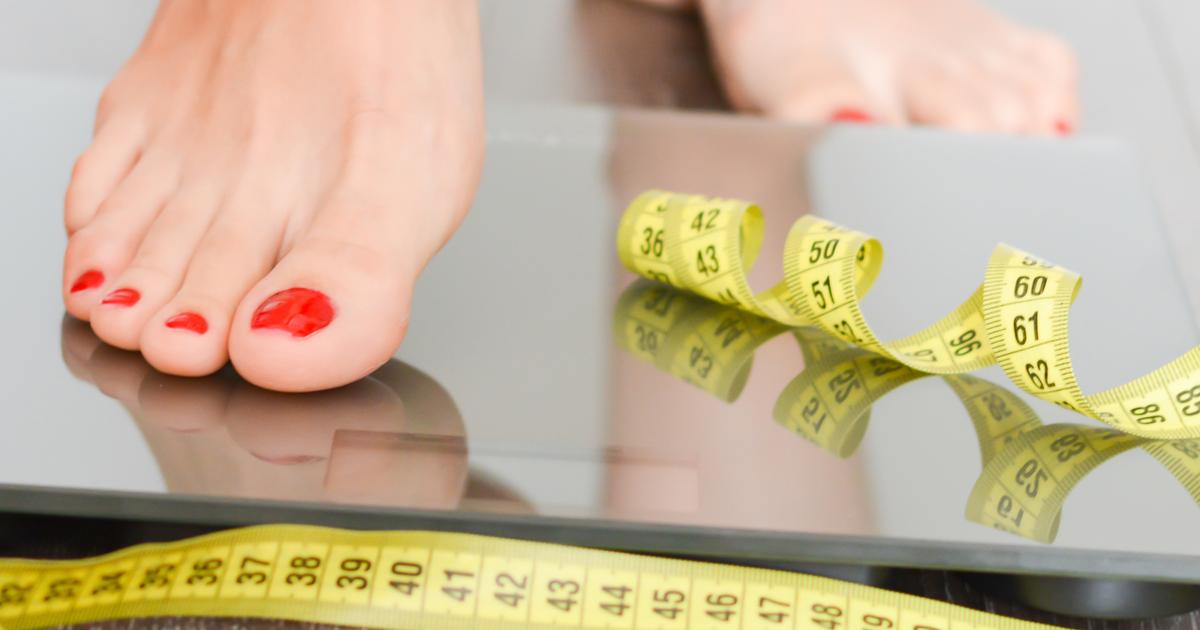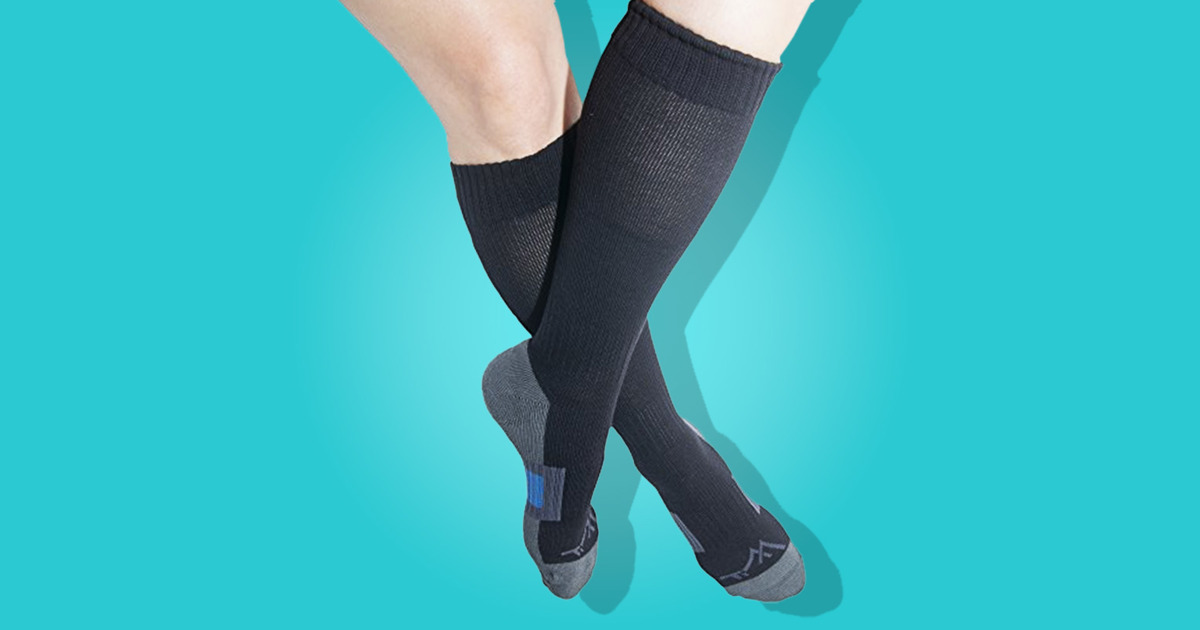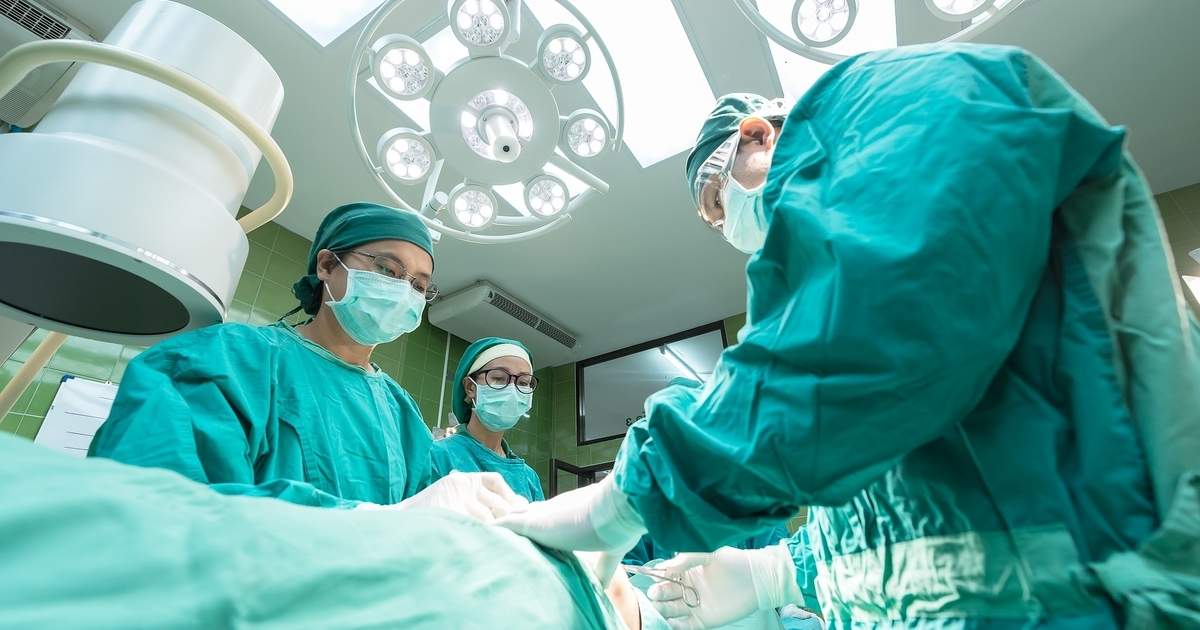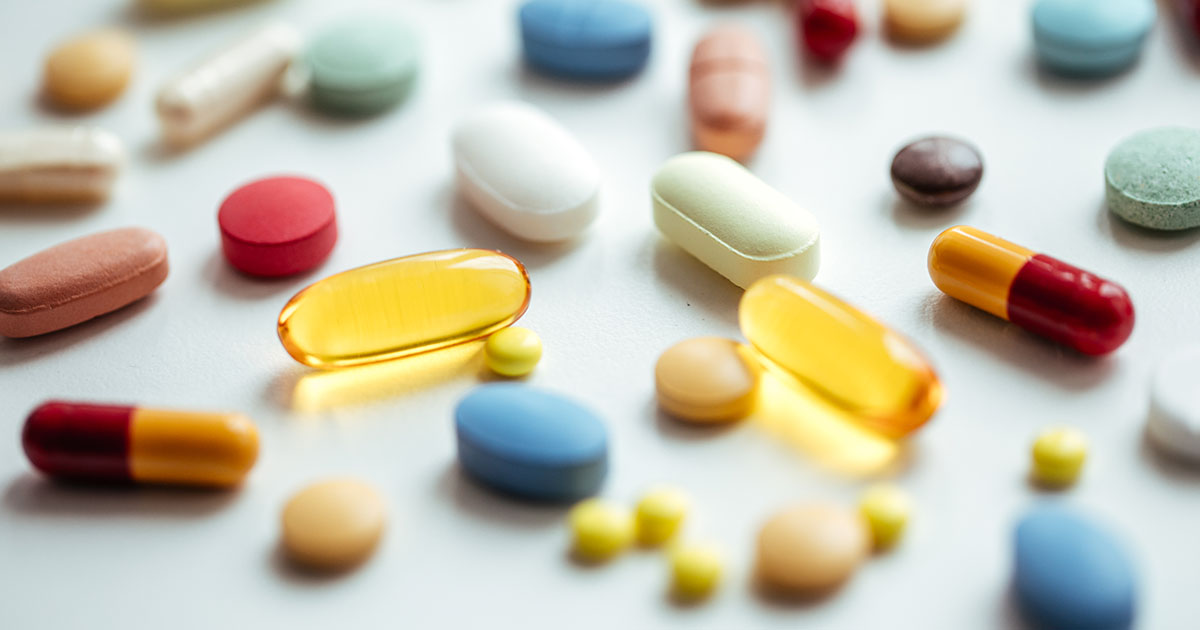Options For Treating Lipodermatosclerosis
Lipodermatosclerosis is the name of a condition epitomized by changes in the skin in the lower legs. It is caused by inflammation of the fat layer under the skin. Several symptoms accompany this condition, and they include hardening of the skin, change in skin color, pain, swelling, and tapering above the ankles. It can also cause varicose veins, thickening of the skin, open sores, and small white scarred areas. And, if the person has diabetes in addition to lipodermatosclerosis, if they get open sores, they will be hard to heal and could present further conditions. While the cause of lipodermatosclerosis is not really known, there are causal relationships with obesity and venous insufficiency. Many obese individuals have this condition and experience the all the complications that come along with it. There are several ways a doctor can try to treat lipodermatosclerosis. Get to know them now.
Weight Loss

Weight loss is a great way to try to get lipodermatosclerosis under control. Since many individuals with lipodermatosclerosis are overweight, it stands to reason that losing weight will help. Increased weight leads to more pressure on the veins, which causes them to leak and creates increased fluid retention. Improvement, however, will not be quick because it does take some and serious effort to lose weight the proper way. Sometimes when morbidly obese individuals have weight loss surgery, it can help with losing weight faster and reduced swelling in the legs and ankles. Patients should consult with their doctor before starting any weight loss or diets programs. But once the doctor approves a plan, patients should do everything they can to adhere to it, so they can lose weight safely and healthily. Losing weight will not only help a patient with lipodermatosclerosis, but it will help with other medical issues such as high blood pressure, diabetes, and high cholesterol.
Learn more about how to treat lipodermatosclerosis now.
Compression Socks

Another way of trying to control lipodermatosclerosis is to wear compression socks, which help force excess blood from the legs back into the circulatory system, reducing swelling in the legs and ankles. This helps relieve some of the pain and discomfort that comes along with the condition and allows the skin to not be stretched as far, thus reducing the chance of open sores. One of the best features of this treatment is it can work relatively fast and is non-invasive. As long as the patient consults with their doctor, compression socks can be successful. The doctor needs to make sure the level of compression is appropriate for their patient's condition. Patients do not want to cut the circulation off in their leg, so getting the right one is important.
Continue reading now to learn more about treating lipodermatosclerosis effectively.
Vein Surgery

Vein surgery is an invasive procedure requiring sedation and recovery. Furthermore, if the patient has other underlying issues, like diabetes, it may take them longer to recover from any procedure. When an individual has a weakening of the valves in the veins, it can cause blood to pool in the ankles and lower limbs and create undue pressure on the veins. This forces blood and fluid to leak out of the veins because they are at full capacity and cannot force the fluid against gravity back up to the heart. This leakage causes the skin and surrounding tissue to become saturated and swell up the leg and result in skin changes. Vein surgery involves and outpatient procedures where the doctor’s goal is to close off the diseased and affected vein in the leg. Incredulously, when the bad vein is closed off, the blood will reroute itself through healthy veins. It typically takes a few weeks for the full effect to be evident. After the procedure is completed, the patient will still have to use different kinds of maintenance to increase the healthy functioning of the good veins in the leg.
Get to know more details on how to treat lipodermatosclerosis now.
Leg Elevation

A good way to reduce swelling in the legs, ankles, and feet is through leg elevation. Elevating the legs helps take some pressure off the veins and makes it easier to force fluid and blood up the circulatory system because it is no longer flowing against gravity. It might be difficult to do this continuously, but patients should try to work it in as much as possible. For instance, if they have a desk job and are at work, they could use a stool under their desk to let them raise their legs. Being able to elevate the legs for any length of time will give the veins in the legs a reprieve, and the patient may enjoy less pain for a period. This break for the legs is important because it might reduce the chances of the skin of the leg breaking down. Because the skin is being pulled too taut due to the fluid build-up, it can deteriorate and cause breaks and ulcers in the skin. This can be dangerous because it gives bacteria a place to enter the bloodstream and cause infections.
Discover the next option for treating lipodermatosclerosis now.
Medications

Lipodermatosclerosis can be treated with some medications meant for inflammation. In addition to these medications, sometimes medication to increase blood flow and prevent clots will be used. If the skin has broken down and there are necrosis and ulcers, the doctor will probably recommend antibiotics and topical cream to try to prevent any infections, as this will just add to the swelling and pain. There are currently studies testing medications to help reduce the edema and the pain, like pentoxifylline, stanozolol, and hydroxychloroquine, which can be used in conjunction with topical steroid ointments. As with any illness or condition, medicines are being developed to alleviate symptoms and make patients more comfortable. The best therapies for lipodermatosclerosis seem to be non-invasive and prophylactic.